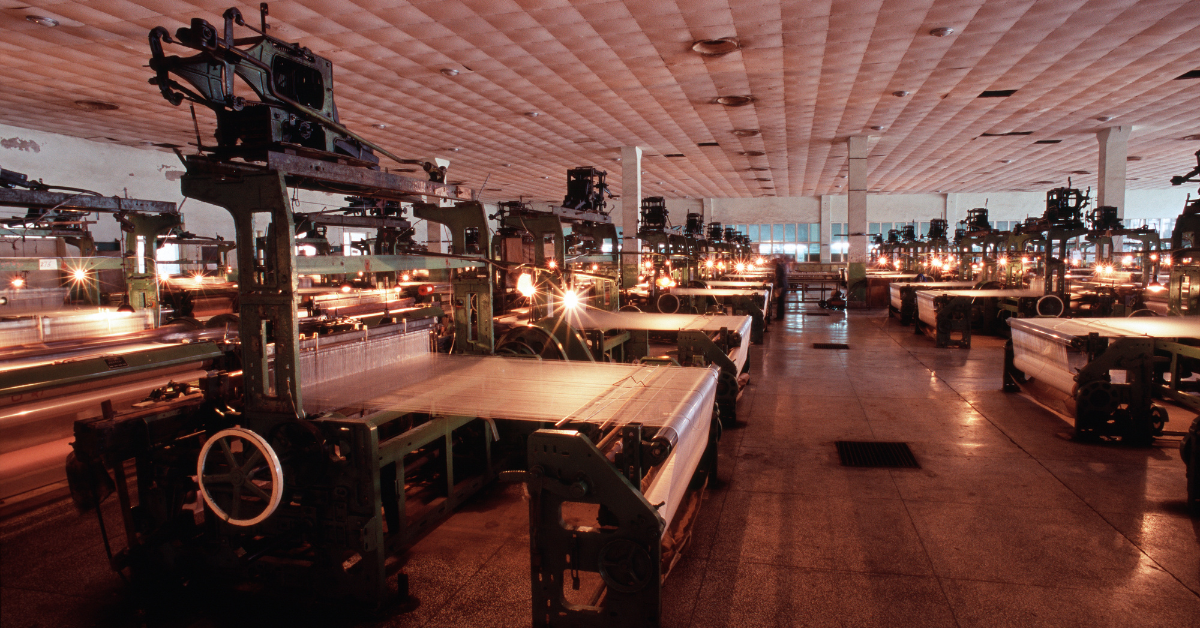Recognized globally for their industrial and cultural value, the Tomioka Silk Mill and Related Heritage Sites tell the story of how Japan embraced new technology and transformed into a modern nation. Japanese visitors often describe a sense of deep respect for the workers of the past and gratitude for the cultural heritage that connects Japan with the world.
Overview of Tomioka Silk Mill and Related Heritage Sites
The Tomioka Silk Mill was established in 1872 as Japan’s first full-scale mechanized silk-reeling factory built by the Meiji government. At that time, Japan needed to foster export industries, and raw silk was one of the country’s most in-demand products overseas. By introducing French technology while making unique Japanese innovations, the mill succeeded in producing high-quality silk on a large scale. This achievement had a huge impact on the world silk industry and laid the foundation for Japan’s economic growth.
The heritage cluster consists of four assets: the Tomioka Silk Mill and three related sites that together illustrate the evolution of sericulture and silk production.
Components of the Tomioka Silk Mill and Related Heritage Sites
| Site | Features |
|---|---|
| Tomioka Silk Mill | Japan’s first government-run silk factory, introduced French technology |
| Former Residence of Tajima Yahei | Symbol of innovation in sericulture techniques |
| Takayama-sha | Center for disseminating sericulture education |
| Arafune Cold Storage | Natural cold-air facility used for silkworm egg storage |
Pride and Emotion in Japanese Impressions
For many Japanese people, the Tomioka Silk Mill is seen as a symbol of modernization and a reminder of how Japan connected with the wider world. Visitors often express pride in their ancestors’ efforts to support the nation, describing the site as “proof of the struggles and achievements of those before us.”
At the same time, they reflect on the history of women who worked there under demanding conditions, leading to feelings of respect and remembrance. Many say, “We must not forget the hardships endured by our predecessors.”
Common Impressions of Japanese Visitors
| Type of Impression | Example |
|---|---|
| Pride | A symbol of Japan’s contribution to modernization |
| Emotion | Remembering the efforts of female workers |
| Lesson | Learning from the hardships of past generations |
| Tourism Appeal | Beautiful architecture and historic atmosphere |
Japanese Values to be Understood by Foreign Visitors
Japanese impressions are not limited to the site’s role as a tourist attraction. They also reflect values such as hard work, innovation, cooperation, and pride. The prominent role played by women is especially notable from a gender perspective. For foreign visitors, it is important not only to learn the historical facts but also to understand the values that Japanese people hold dear.
Japanese Values for Foreign Visitors to Understand
| Value | Explanation |
|---|---|
| Diligence | Perseverance and effort despite harsh conditions |
| Innovation | Adopting Western technology and adapting it uniquely |
| Cooperation | The major role of women and shared contributions |
| Pride | National confidence in an industry connected to the world |
Tourism Appeal and Challenges
The Tomioka Silk Mill is praised for its excellent preservation and the opportunity to tour the interior of the buildings. The wooden brick structures are admired for their beauty and functionality, combining practicality as a factory with architectural appeal. Japanese and foreign tourists alike find the site visually striking.
However, the growing number of visitors brings challenges in terms of balancing preservation and tourism. Sustainable management requires continuous restoration work and cooperation with local residents.
Tourism Today and Challenges
| Aspect | Current Situation | Challenge |
|---|---|---|
| Visitor Numbers | Many tourists from Japan and abroad | Balancing preservation and tourism |
| Preservation | Buildings remain in good condition | Securing restoration funds |
| Educational Value | Used widely in school programs | Sustaining interest among younger generations |
Future Significance of the Tomioka Silk Mill
Looking ahead, the Tomioka Silk Mill and Related Heritage Sites are expected to serve not only as a place to learn about Japanese history but also as a hub for international exchange. Japanese impressions often include a strong desire to “pass on this legacy to the next generation” and to “share it proudly with the world.”
Future Roles of the Heritage Sites
| Role | Content |
|---|---|
| Education | Teaching materials for learning about modernization |
| Tourism | Regional revitalization and international exchange |
| Cultural Legacy | Passing on the history of labor and values |
| Global Significance | Recognized universal value in silk industry history |
Conclusion
The Tomioka Silk Mill and Related Heritage Sites are a symbol of Japan’s modernization and its connection to the world. Japanese impressions reveal pride, emotion, and lessons for the future. By understanding these perspectives, foreign visitors can enjoy a deeper and more meaningful experience. This heritage site is not only a record of the past but also a bridge toward the future, carrying universal lessons about industry, culture, and human effort.






